Challenging Heights – against child trafficking in Ghana
By Denise Nanni and Milena Rampoldi, ProMosaik. In the
following our interview with Christine of the organisation Challenging Heights
struggling against child trafficking
in Ghana to affirm the right of every single child to live as child and not as
slave.
following our interview with Christine of the organisation Challenging Heights
struggling against child trafficking
in Ghana to affirm the right of every single child to live as child and not as
slave.
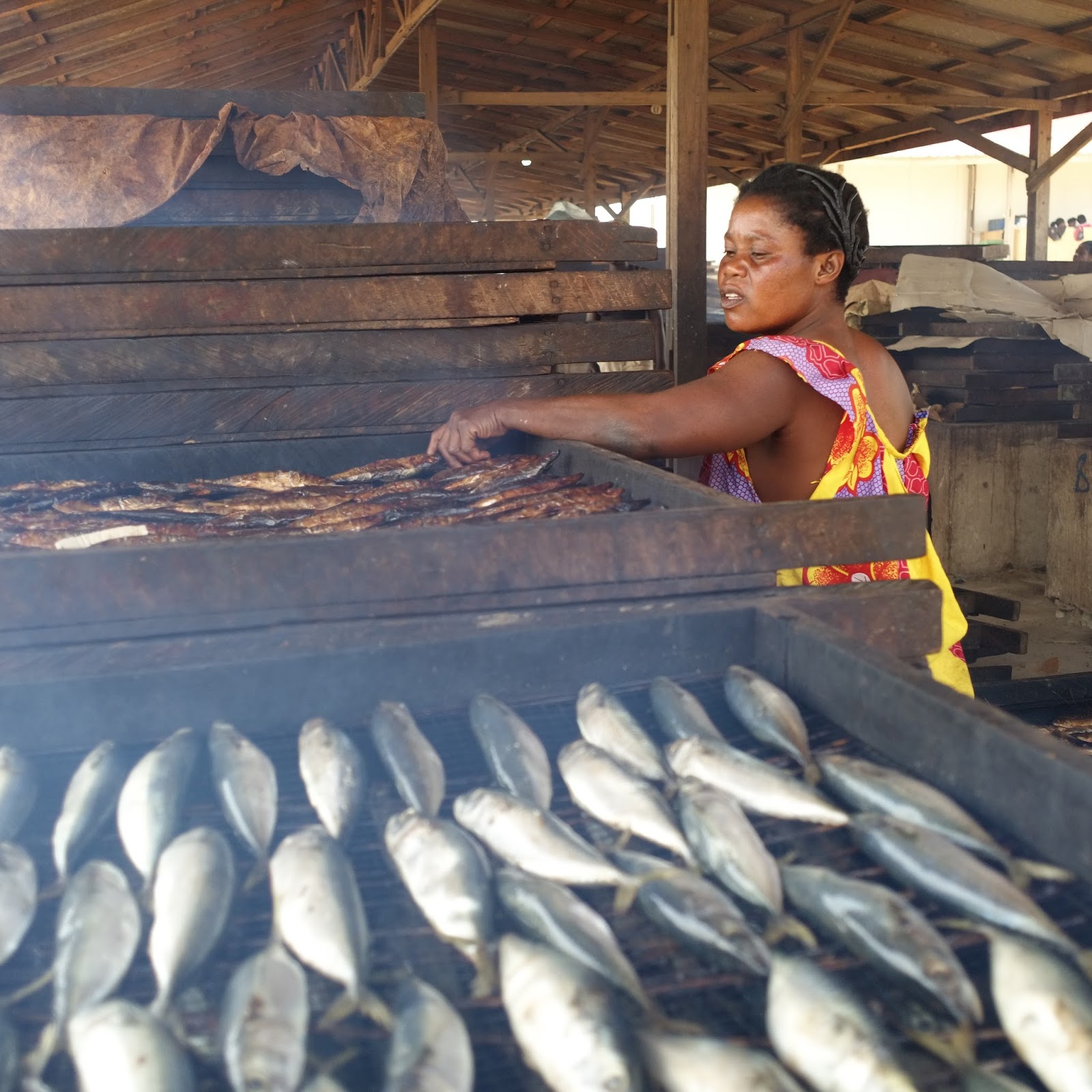
Tell us something about the history
of your organisation Challenging Heights?
of your organisation Challenging Heights?
Challenging Heights was founded in 2005 by
James Kofi Annan. James was trafficked when he was six years old and spent
seven years enslaved on Lake Volta. He managed to escape and put himself
through school and university. After university, he became a bank manager, but
couldn’t forget about his experience on Lake Volta and the other children that
were there. He saved up money while working at the bank to start Challenging
Heights, and once he did it became his full time job.
James Kofi Annan. James was trafficked when he was six years old and spent
seven years enslaved on Lake Volta. He managed to escape and put himself
through school and university. After university, he became a bank manager, but
couldn’t forget about his experience on Lake Volta and the other children that
were there. He saved up money while working at the bank to start Challenging
Heights, and once he did it became his full time job.
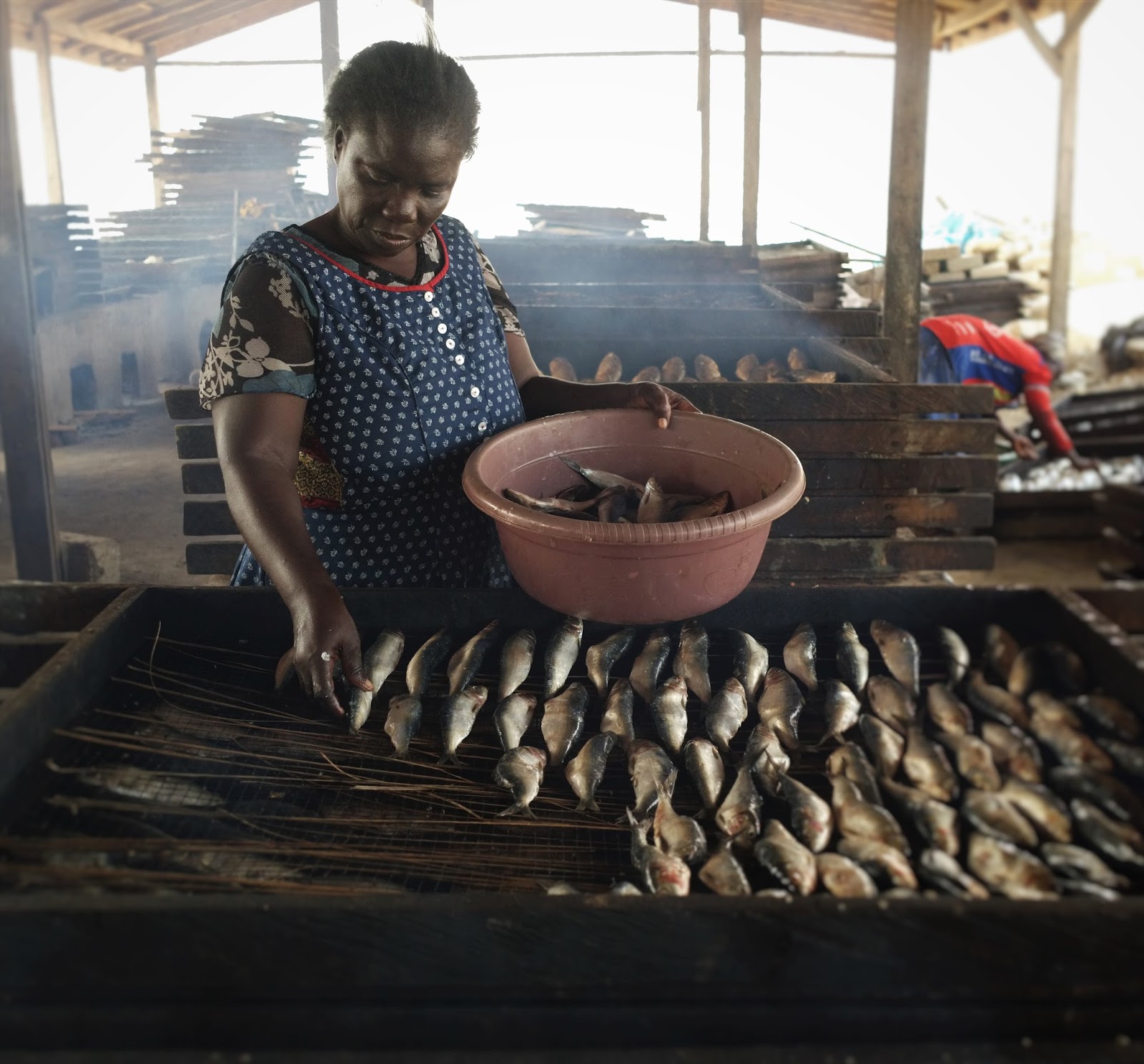
What are the current data related to child
trafficking in Ghana?
trafficking in Ghana?
There are a number of figures that are related
to child trafficking and child labour in Ghana. According to the ILO, there are
49,000 children working on Lake Volta, with 21,000 of them doing hazardous
labour. According to the Ghana Living Standards Survey 6, 2.4 million children
in Ghana, 28.5% of children, are engaged in some kind of economic activity.
More than 1.8 million children in Ghana are engaged in child labour (“deprives
child of health, education or development”), or about 21.8% of children. Around
1.2 million children in Ghana are engaged in hazardous labour (“slavery, prostitution, illicit
activities or potentially harmful”), which is 14.2%. According to the 2016
Global Slavery Index, 103,300 people are in modern slavery in Ghana, with 85%
of them engaged in forced labour.
to child trafficking and child labour in Ghana. According to the ILO, there are
49,000 children working on Lake Volta, with 21,000 of them doing hazardous
labour. According to the Ghana Living Standards Survey 6, 2.4 million children
in Ghana, 28.5% of children, are engaged in some kind of economic activity.
More than 1.8 million children in Ghana are engaged in child labour (“deprives
child of health, education or development”), or about 21.8% of children. Around
1.2 million children in Ghana are engaged in hazardous labour (“slavery, prostitution, illicit
activities or potentially harmful”), which is 14.2%. According to the 2016
Global Slavery Index, 103,300 people are in modern slavery in Ghana, with 85%
of them engaged in forced labour.
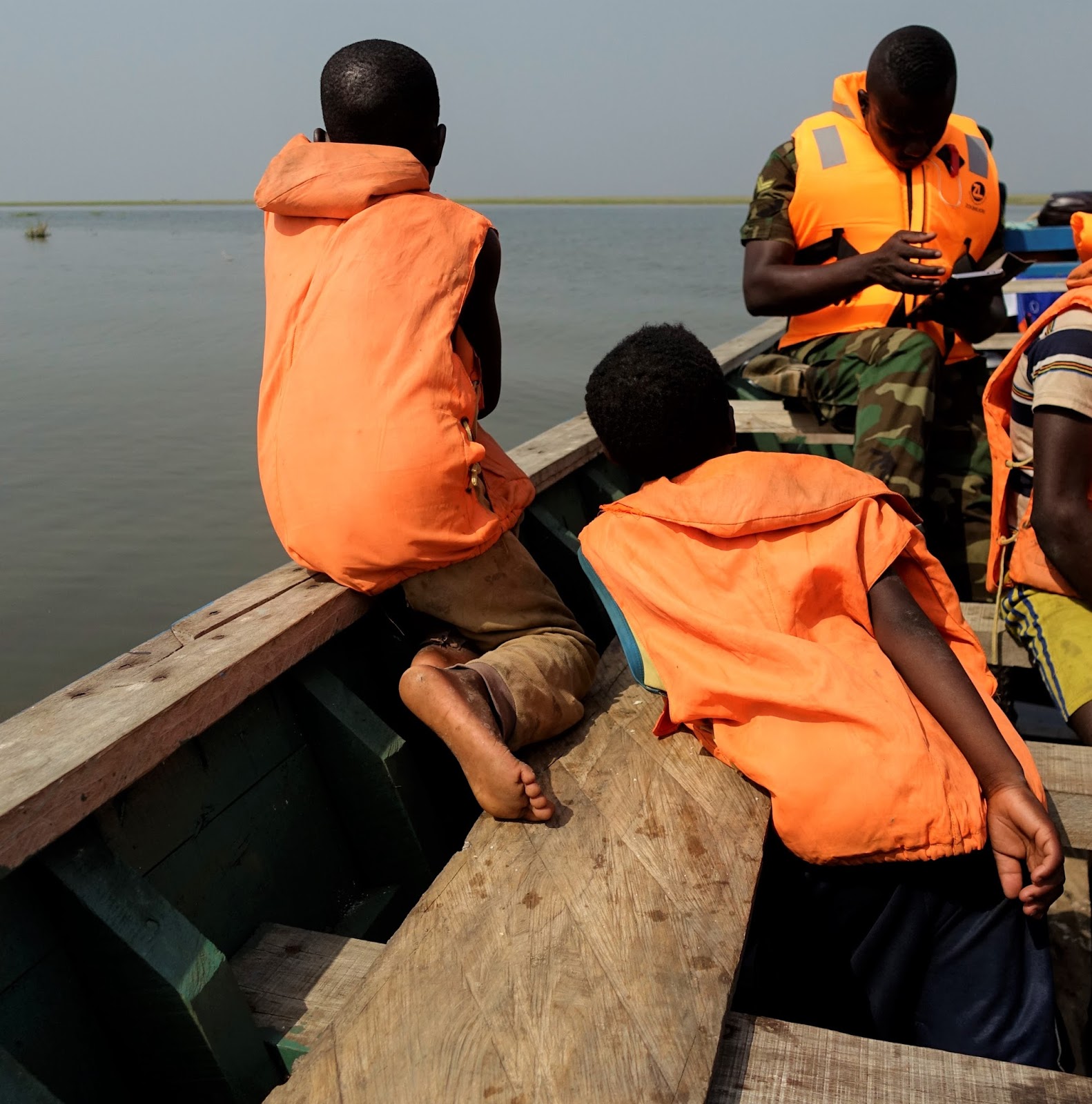
How do you address the prevention?
Our
efforts to prevent trafficking cover a couple of different methods. One of our
main efforts is to address the poverty that often leads to trafficking. One of
our programmes is the Women’s Economic Empowerment Programme. Through this
programme we have built a fish smoking house for women in the community to use
for free. Fish smoking is a major economic business in the coastal communities,
however the traditional smoking ovens are made from mud and are not covered, so
when it rains smoking has to stop and the ovens slowly disintegrate. Our ovens
are made from concrete and are covered, providing a safe and welcoming space
for women to smoke fish. We have also opened a cold store. Previously, women
needed to travel four hours one way to buy fish to smoke when it is outside of
the fishing season or catches are low. This would cost them a day for travel,
and great opportunity costs. With our local cold store, the women no longer
have to travel far distances to purchase fish to smoke. We also do community sensitisation
have Community Child Protection Committees that help us to spot potential
problematic cases before they turn into trafficking cases.
efforts to prevent trafficking cover a couple of different methods. One of our
main efforts is to address the poverty that often leads to trafficking. One of
our programmes is the Women’s Economic Empowerment Programme. Through this
programme we have built a fish smoking house for women in the community to use
for free. Fish smoking is a major economic business in the coastal communities,
however the traditional smoking ovens are made from mud and are not covered, so
when it rains smoking has to stop and the ovens slowly disintegrate. Our ovens
are made from concrete and are covered, providing a safe and welcoming space
for women to smoke fish. We have also opened a cold store. Previously, women
needed to travel four hours one way to buy fish to smoke when it is outside of
the fishing season or catches are low. This would cost them a day for travel,
and great opportunity costs. With our local cold store, the women no longer
have to travel far distances to purchase fish to smoke. We also do community sensitisation
have Community Child Protection Committees that help us to spot potential
problematic cases before they turn into trafficking cases.
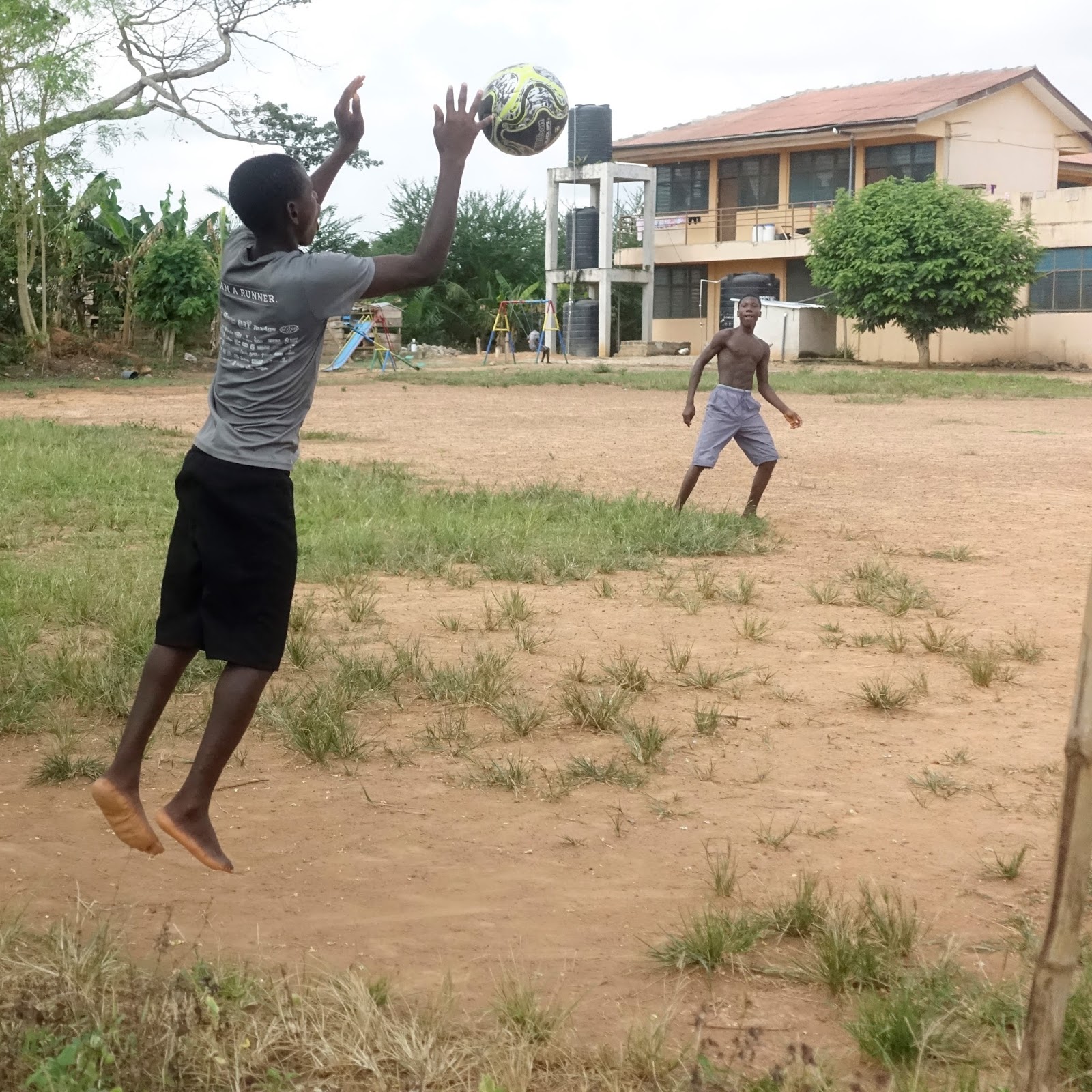
What are the best strategies in order to
reintegrate former victims of traffiking? Are there substantial obstacles to
their social inclusion?
reintegrate former victims of traffiking? Are there substantial obstacles to
their social inclusion?
Some of the best strategies for
children’s reintegration are laid out in the recently published Guidelines for Children’s
Reintegration from Family for Every Child. We helped participate in
the creation of these guidelines and are a member of the Family for Every Child
network. I can’t say that we’ve experienced much difficulty relating to their
social inclusion after reintegration, although a small minority of children do
experience lasting mental health challenges that we work to support and
address.
children’s reintegration are laid out in the recently published Guidelines for Children’s
Reintegration from Family for Every Child. We helped participate in
the creation of these guidelines and are a member of the Family for Every Child
network. I can’t say that we’ve experienced much difficulty relating to their
social inclusion after reintegration, although a small minority of children do
experience lasting mental health challenges that we work to support and
address.
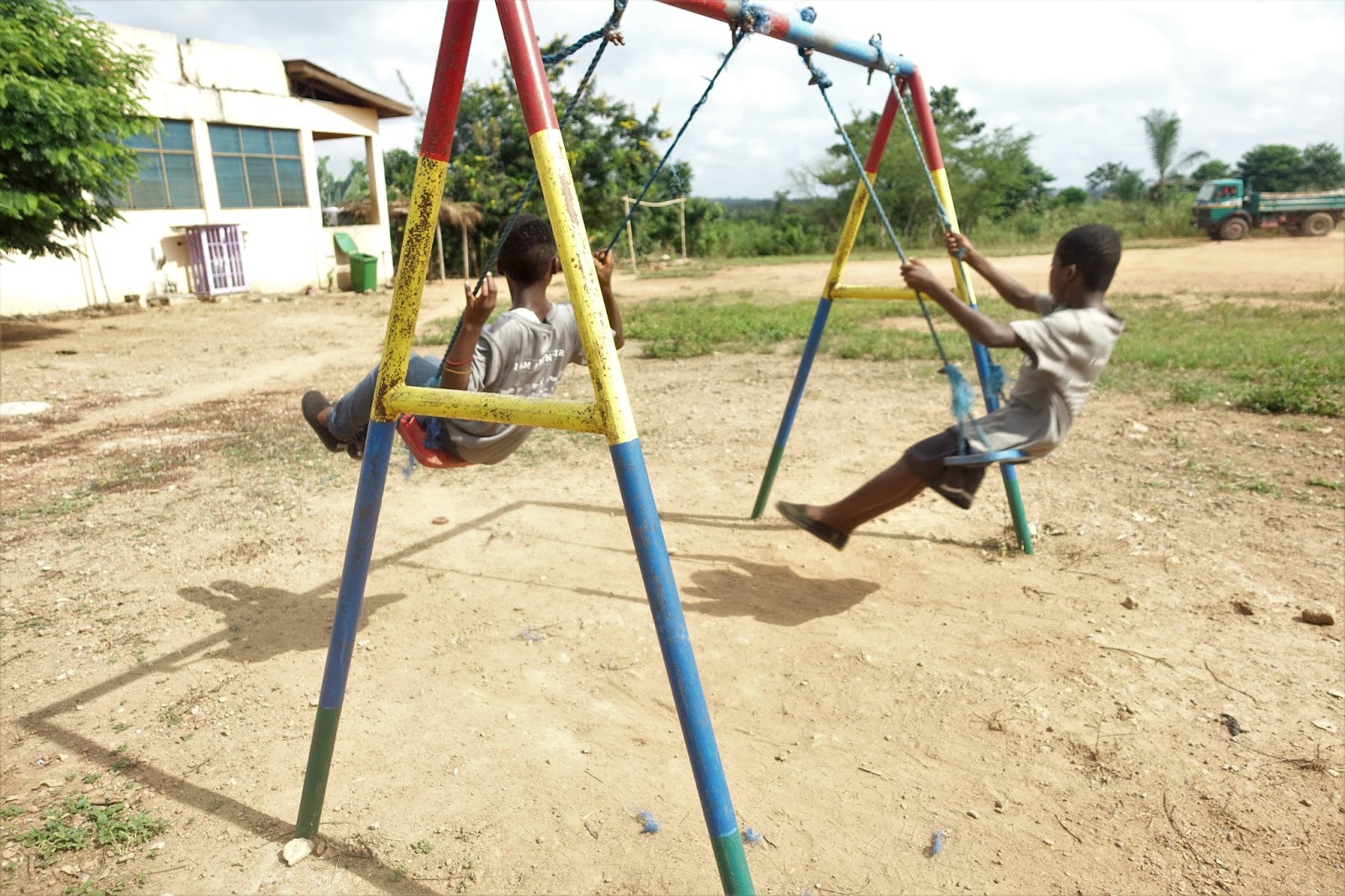
How do you advocate children rights at the
national level?
national level?
the Ministry of Gender, Children and Social Protection and with various Members
of Parliament making our position known that the Anti-Human Trafficking Unit
needs to be well funded and efforts from the government to combat trafficking
need to be increased. We also often have national and international news
stories that draw attention to these issues.
Do you cooperate with local authorities and
institutions? If yes, how?
institutions? If yes, how?
We collaborate with a number of
local agencies, including the police, the navy and the Department of Social
Welfare. We have working with the police to help the to recognise trafficking
at their roadside checkpoints, and they have intercepted a number of children
and referred them to us. We also work with the police and navy on Lake Volta when
we are conducting rescues of children. We first try to negotiate on our own for
the release of the child, but if the slave masters do not cooperate, we come
back with the police and navy to arrest them. We share our workplan with the
Department of Social Welfare and collaborate where our activities overlap. We
also collaborate with other NGOs. As we operate the best recovery shelter in
Ghana, as rated by the US State Department, with work with other NGOs that
rescue children to assist with the rehabilitation and recovery process.
local agencies, including the police, the navy and the Department of Social
Welfare. We have working with the police to help the to recognise trafficking
at their roadside checkpoints, and they have intercepted a number of children
and referred them to us. We also work with the police and navy on Lake Volta when
we are conducting rescues of children. We first try to negotiate on our own for
the release of the child, but if the slave masters do not cooperate, we come
back with the police and navy to arrest them. We share our workplan with the
Department of Social Welfare and collaborate where our activities overlap. We
also collaborate with other NGOs. As we operate the best recovery shelter in
Ghana, as rated by the US State Department, with work with other NGOs that
rescue children to assist with the rehabilitation and recovery process.



